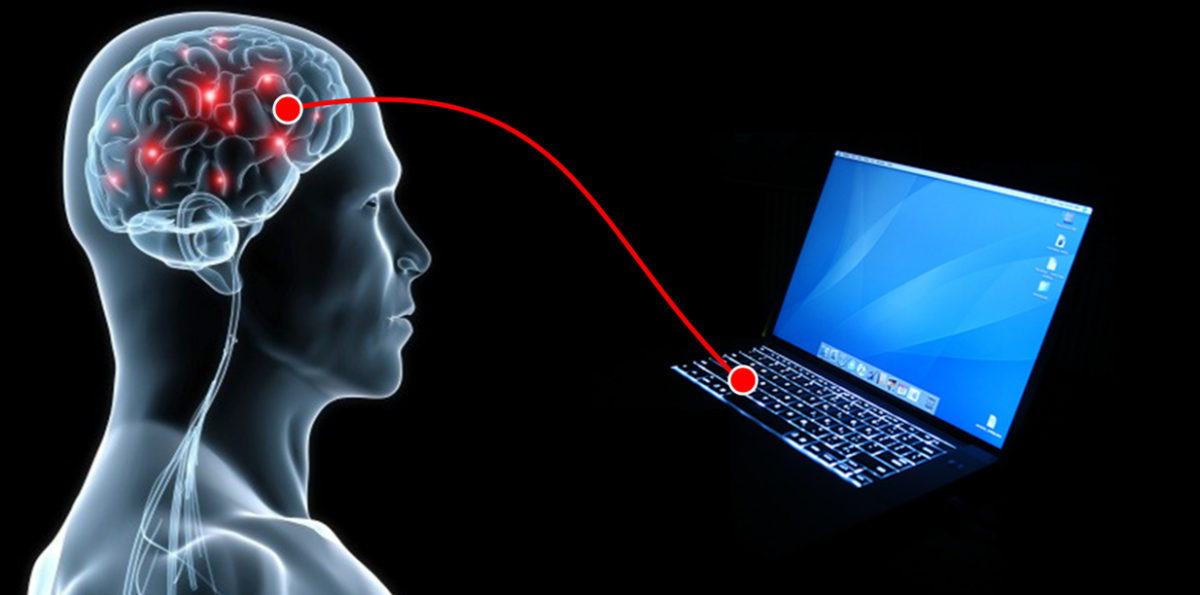Brain Computer Interface (BCI) refers to a direct communication pathway between an enhanced or wired brain and an external device. BCI reads brain signals and translates them into commands that are relayed to whatever device the BCI is attached to - whether that's a prosthetic arm or digital program. The global market for BCIs has flourished in recent years due to rapid advancements in brain signal recording techniques, intuitive interface design, data mining and machine learning algorithms. BCIs have enabled ground-breaking applications in healthcare, entertainment, education, security, and other domains.
The global Brain Computer Interface Market is estimated to be valued at US$ 959.29 Mn in 2023 and is expected to exhibit a CAGR of 5.0% over the forecast period 2023 to 2030, as highlighted in a new report published by Coherent Market Insights.
Market Dynamics:
One key driver behind the anticipated high growth of the BCI market is the rising adoption of BCI technologies in medical applications such as stroke rehabilitation, diagnosing and treatment of neurological disorders, and brain-controlled prosthetics. By reading intent directly from brain signals, BCIs allow patients with mobility impairments to maneuver wheelchairs or prosthetic limbs through thought alone. This life-enhancing capability of BCIs to restore lost functions has galvanized investment and R&D in the medical space. The market is also expected to gain tailwinds from continuous technological advancements in areas such as miniaturized implantable chips, efficient wireless neurostimulation, brain tissue engineering and higher resolution devices for clearer brain signal acquisition and translation. These innovations will make BCIs more effective and user-friendly, thereby supporting wider commercialization and adoption across healthcare, defence, education and other domains over the forecast period.
SWOT Analysis
Strength: The brain computer interface market has great potential for developing practical applications in healthcare and improving treatment of neurological disorders. This technology allows disabled individuals to regain control and communicate through thought alone. With advancements in EEG sensors and decoding algorithms, BCI systems are becoming increasingly user-friendly and less invasive.
Weakness: Despite recent progress, the reliability and accuracy of decoding neural signals in real-time remains a major limitation. Current BCI systems are prone to errors and cannot perfectly interpret all thoughts and intentions. Developing fully non-invasive systems without any implanted electrodes poses major technical challenges. High equipment and development costs also restrict mass commercialization.
Opportunity: The growing aging population and rising cases of neurological diseases and disabilities present a vast patient pool for potential BCI applications. Several therapeutic areas like paralysis treatment, prosthetics control, and computer access solutions are untapped markets. Partnerships between technology and healthcare companies can help translate research into commercially viable medical products and services.
Threats: Stringent regulatory norms for devices interfacing directly with the brain could delay product approvals. Ethical concerns regarding neural data privacy and security may face public resistance. Established medical device giants are increasingly investing in competitive technologies like augmented reality, virtual reality and AI assistants, posing risks to BCI adoption.
Key Takeaways
The global Brain Computer Interface Market Share is expected to witness high growth over the forecast period due to advancements in neural decoding and sensor miniaturization. The global Brain Computer Interface Market is estimated to be valued at US$ 959.29 Mn in 2023 and is expected to exhibit a CAGR of 5.0% over the forecast period 2023 to 2030.
North America currently dominates the market due to presence of major players and increasing neurological disease prevalence in countries like the US. Europe is another major region propelling BCI research and funding European Union projects related to neurotechnology. China and other Asian countries potentially offer large business opportunities due to growing geriatric population and improving healthcare infrastructure. However, these regional markets currently lack specialized neuroscience research facilities and skilled professionals. Establishing local manufacturing plants and training programs will be critical for global players to target Asia Pacific customers. Overall, advancements in AI, nanotechnology, biomedical sensors and neuroscience research are combining to drive the evolution of brain-machine interfaces for novel therapeutic and enhancement applications.
Key players operating in the brain computer interface market are Neuralink Corporation, Neurable, Emotiv Inc., BitBrain, Alpha Omega, Blackrock Microsystems, LLC, Femtonics Ltd, NeuroNexus, Opto Circuits (India) Limited, BIOTRONIK, Plexon Inc., Noldus Information Technology, NextMind, Nectome, and Paradromics. These companies are engaged in developing non-invasive and implantable BCI platforms through collaborations with research institutes. Continuous technological upgrades to achieve higher accuracy, lower invasiveness and expanded applications could help BCI gain wider acceptance and market share.
For more insights, read- https://www.pressreleasebulletin.com/brain-computer-interface-market-trends-size-and-share-analysis/
